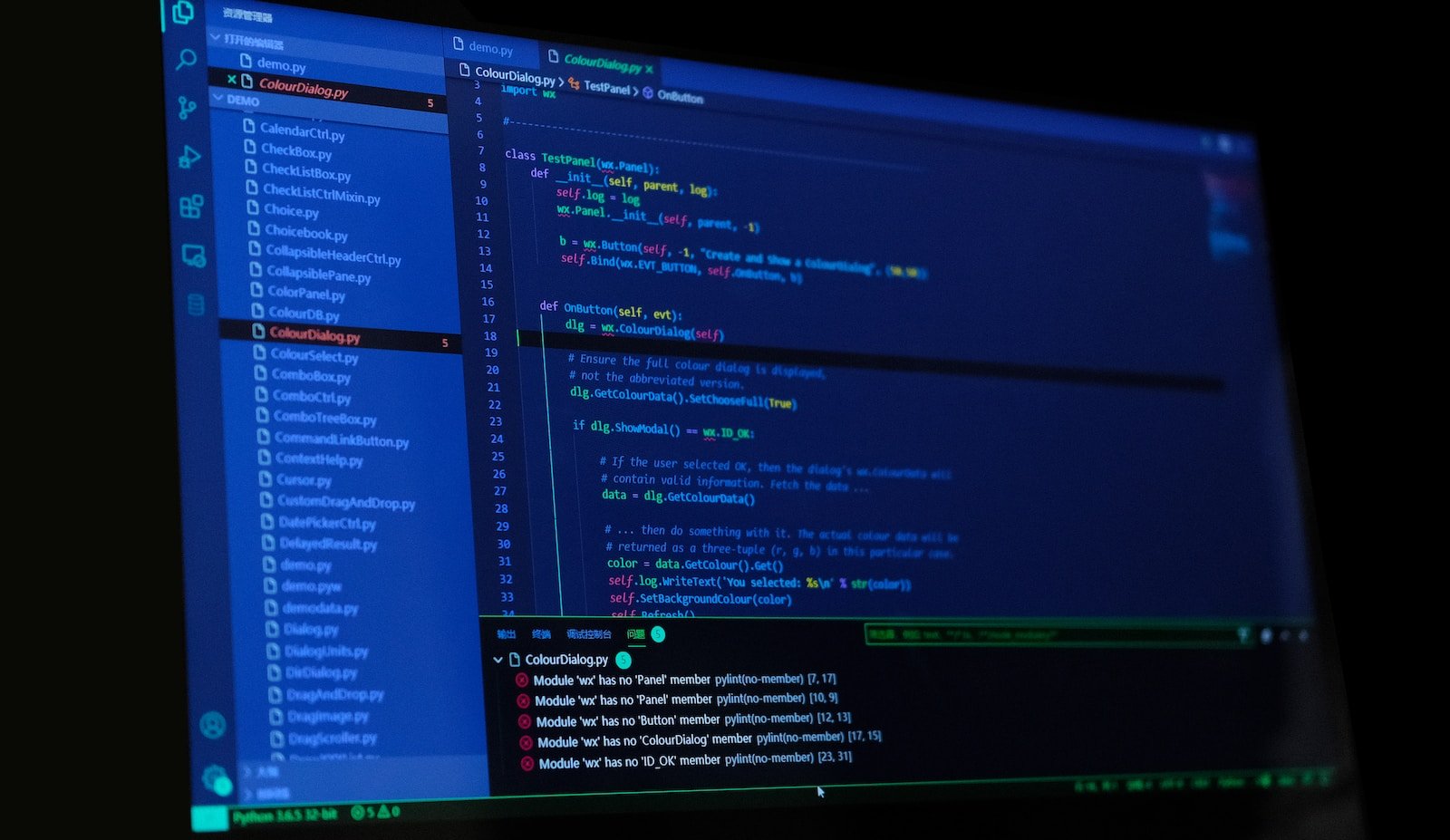Introduction to cloud security and scalability
Cloud security and scalability are two important considerations when designing a cloud architecture. In this blog post, we’ll take a look at how to maximize both security and scalability in your cloud architecture.
When it comes to security, the first consideration is ensuring that your data is properly protected. This means using encryption for all data in transit and at rest, as well as implementing proper access control measures. Additionally, you should consider using a secure hosting provider that can offer additional security features such as firewalls and intrusion detection/prevention systems.
Scalability is another important consideration when designing a cloud architecture. You’ll want to make sure that your architecture can easily scale up or down as needed. This might mean adding more servers or storage capacity as your needs grow, or removing unneeded resources when demand decreases. A good way to achieve scalability is to use a cloud management platform that makes it easy to add or remove resources as needed.
By taking both security and scalability into consideration from the start, you can design a cloud architecture that meets your needs now and in the future.
Understanding the challenges of achieving security and scalability in cloud architecture

As organizations increasingly move to the cloud, they must be mindful of potential security and scalability issues. To maximize security and scalability in cloud architecture, organizations need to understand the challenges and take steps to address them.
One of the biggest challenges is ensuring that data is properly secured. When data is stored in the cloud, it is often spread across multiple servers. This can make it more difficult to keep track of who has access to what data and to ensure that only authorized users can access sensitive information. Additionally, cloud-based systems are often open to attack from outside sources, so organizations must be vigilant about protecting their data from potential threats.
Another challenge related to security is ensuring that applications are properly isolated from one another. In a traditional on-premises environment, each application typically has its own server or group of servers. This makes it easier to prevent one application from impacting another. However, in a cloud environment, applications are often sharing resources, so it is important to properly isolate them to prevent one from affecting the performance or stability of another.
Scalability is also a key concern in cloud architecture. As organizations grow and add new users or applications, they need to be able to scale their infrastructure accordingly. Unfortunately, this can sometimes be difficult in a cloud environment, as adding new servers or other resources can be complicated and time-consuming. Additionally, if not done correctly, scaling can lead to increased costs and decreased performance.
To address these challenges, organizations should take steps to ensure that their cloud architecture is secure and efficient. This includes implementing proper security measures, such as firewalls and access controls, to protect sensitive data. Additionally, they should ensure that applications are properly isolated from one another to prevent performance issues. Finally, organizations should plan ahead for future scalability needs and allocate resources accordingly. By following these best practices, organizations can ensure that their cloud architecture is secure and scalable.
Key principles of secure and scalable cloud architecture

In order to maximize security and scalability in cloud architecture, there are several key principles that must be followed. First, all data must be encrypted at rest and in transit. Second, access control measures must be put in place to restrict access to sensitive data. Third, all system and application logs should be collected and monitored for suspicious activity. Lastly, regular security audits should be conducted to ensure that all systems are secure. By following these key principles, organizations can ensure that their data is safe and secure while also being able to scale their operations as needed.
Designing a secure and scalable cloud architecture
When it comes to cloud architecture, security and scalability are two of the most important factors to consider. In order to create a secure and scalable cloud architecture, you need to carefully design and plan your infrastructure. Here are some tips to help you get started:
1. Define your security requirements.
Before you can start designing your cloud architecture, you need to first define your security requirements. What kind of data will be stored in the cloud? How sensitive is this data? What are your compliance regulations? Once you have a clear understanding of your security needs, you can start planning how to best protect your data.
2. Select the right provider.
Not all cloud providers are created equal. When selecting a provider, be sure to do your research and choose one that offers the highest level of security for your specific needs. Ask about their physical security measures, data encryption capabilities, and disaster recovery plans.
3. Implement a multi-layered security approach.
A multi-layered security approach is the best way to ensure that your data is protected against all threats. This means implementing various security measures at different levels, such as network-level firewall protection, application-level authentication and authorization, and database-level encryption.
4. Keep your architecture up-to-date.
As new threats emerge, it’s important to keep your cloud architecture up-to-date in order to protect against them. Regularly review your security policies, ensure that all system and software updates are applied, and deploy the latest security patches.
5. Monitor your cloud environment.
Finally, it’s essential to monitor your cloud environment in order to detect any suspicious activity or potential threats. Implementing a comprehensive logging and auditing system can help keep track of user activity, as well as identify any potential vulnerabilities or unauthorized access attempts.
Implementing security controls and measures in cloud architecture
As organizations move more of their workloads and data to the cloud, it’s critical that they do so in a way that doesn’t sacrifice security. Implementing security controls and measures in cloud architecture is essential to ensuring that your data and applications are safe from attack.
There are a number of different security controls and measures that can be implemented in cloud architecture. Some of the most important include:
1. Identity and Access Management (IAM): IAM is a critical security control for any cloud environment. It allows you to manage who has access to your cloud resources, and what level of access they have. IAM can help you prevent unauthorized access to your data and applications, and can also be used to limit users’ ability to make changes that could jeopardize security.
2. Data Encryption: Encrypting your data at rest or in transit can help protect it from being accessed by unauthorized individuals. Data encryption is a key security measure for any organization using the cloud, and should be implemented wherever possible.
3. Security Groups: Security groups are a way to logically group together instances with similar security requirements. This makes it easier to apply security policies consistently across multiple instances, and can help reduce the risk of accidental exposure of sensitive data.
4. Firewalls: Firewalls can be used to segment networks and control traffic flow between different parts of your infrastructure. This helps limit the spread of malware or other malicious activity, and can also help prevent unauthorized access to data or applications.
5. Monitoring and Logging: Implementing a comprehensive logging system can help you keep track of what’s happening in your cloud environment, so that you can quickly detect any suspicious activity. Additionally, monitoring your cloud environment for potential vulnerabilities and misconfigurations is essential to ensuring its security.
By implementing these security controls and measures in your cloud architecture, you can ensure that your data and applications are safe from attack. Additionally, they will also help you meet compliance requirements, such as those related to GDPR or HIPAA.
Ensuring scalability and availability of cloud architecture
When it comes to cloud architecture, scalability and availability are key. In order to ensure that your cloud architecture is scalable and available, there are a few things you can do.
First, make sure that you use a platform that is designed for scalability. This means that the platform should be able to handle an increase in traffic or data without issue.
Second, you need to ensure that your data is stored in a way that is both redundant and distributed. This will help to prevent any single point of failure and ensure that your data is always available.
Finally, you need to monitor your system closely so that you can identify any potential issues early on. By doing this, you can avoid any major problems down the line.
Managing security and scalability in multi-cloud environments
When it comes to cloud architecture, there are a few key considerations that must be taken into account in order to ensure both security and scalability. In particular, multi-cloud environments can present challenges in terms of managing security and scalability effectively.
There are a few key best practices that can help to address these challenges:
1. Define security requirements up front: When it comes to security in the cloud, it’s important to have a clear understanding of your specific requirements and needs. This will allow you to more effectively select the right tools and solutions for your environment.
2. Implement a layered approach: A layered approach to security can help to provide additional protection against potential threats. By implementing multiple layers of security, you can create a more robust overall defense.
3. Make use of automation: Automation can be extremely helpful in reducing the amount of manual work that must be done in order to manage security and scalability effectively. Automation tools can help to streamline processes and make it easier to identify potential issues or areas of improvement.
4. Monitor activity constantly: In order to maintain effective security, it’s important to monitor activity constantly and look for any unusual or suspicious activity. This allows you to quickly identify and address any potential threats before they cause serious damage.
Measuring and optimizing the security and scalability of cloud architecture
Organizations are increasingly turning to cloud-based solutions to power their businesses. The scalability and flexibility of the cloud can be a major advantage for companies, but it also introduces new security challenges. In this blog post, we’ll discuss how to measure and optimize the security and scalability of your cloud architecture.
Security is a top concern for organizations using the cloud. In order to ensure that your data and applications are secure, you need to have visibility into your environment and understand how your assets are interconnected. You also need to implement controls to prevent unauthorized access and protect against attacks.
Scalability is another important consideration when moving to the cloud. You need to make sure that your architecture can handle the increased demand placed on it by users and applications. You can optimize your architecture for scalability by designing it with horizontal scaling in mind, using auto-scaling features, and implementing caching and load balancing techniques.
By measuring and optimizing the security and scalability of your cloud architecture, you can ensure that your business can take advantage of all the benefits the cloud has to offer.
Continuous improvement and adaptation of cloud security and scalability
In order to maximize security and scalability in cloud architecture, it is important to continuously improve and adapt cloud security and scalability. There are a number of ways to do this, but some of the most important include:
1. Keep up with the latest changes in cloud technology: As new threats and vulnerabilities are discovered, new security measures are developed to address them. By keeping up with the latest changes in cloud technology, you can ensure that your architecture is as secure as possible.
2. Conduct regular risk assessments: Risk assessments help identify potential weaknesses in your architecture that could be exploited by attackers. By conducting regular risk assessments, you can stay ahead of the curve and make sure that your architecture is as secure as possible.
3. Implement security controls: Security controls help mitigate risks identified during risk assessments. By implementing appropriate security controls, you can further reduce the chances of an attacker successfully compromising your architecture.
4. Monitor your environment: Monitoring allows you to detect attacks early and respond quickly if an incident does occur. By monitoring your environment, you can minimize the impact of an attack and quickly get back up and running if an attacker does succeed in breaching your defenses.
Conclusion and final thoughts on maximizing security and scalability in cloud architecture.
As organizations continue to move more of their workloads and data to the cloud, it’s important to consider both security and scalability when designing your cloud architecture. There are a number of ways to maximize security and scalability in the cloud, including using a multi-cloud strategy, leveraging server less computing, and using containers. By taking these steps, you can help ensure that your data and applications are secure and can scale as needed.







